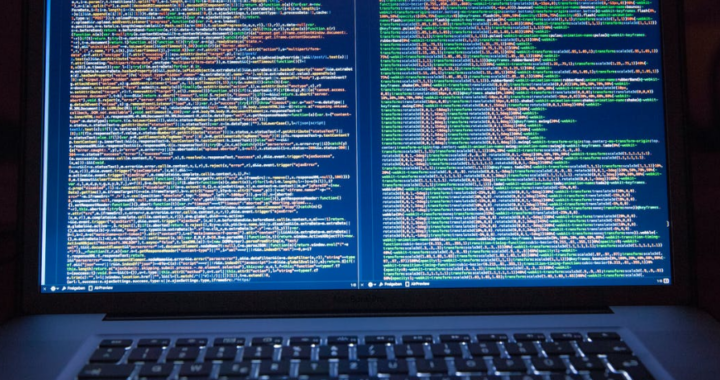Crime scene investigation is intense. The way a case is handled changes with each new piece of evidence. However, some steps in a crime scene investigation remain similar.
Assessing Crime Dimensions
The assessment of the crime scene sets the pace for the level of examination to be conducted and the type of incident to be investigated. The prime investigator shares preliminary information and implements investigative plans according to all applicable laws. The crime scene investigation determines the plan for collecting and preserving evidence.
All data is not labeled as evidence straight away. Some data is sent to a digital forensic laboratory for audio and video forensics. At Eclipse Forensics, we authenticate video, image, and audio data for use in courts.
Establish a Security Plan and Means of Communication
The primary investigator is responsible for determining the kind of crime that occurred. They are responsible for protecting data from damage. Evidence in an open crime scene is more susceptible to loss or damage than evidence in closed properties.
Evidence Collection
Evidence from the scene is collected once the location is secured. Digital data is highly volatile. It can be easily wiped out. The prime investigator should ensure digital data collected from the crime scene is sent for forensics as soon as possible. Our forensic data experts ensure they enhance audio and video and convert proprietary formats to extract useful information.
As data storage in cell phones increases, more and more digital forensics tools will be required to extract and analyze large chunks of data. Only recently, the FBI has invested around $2 million in digital forensics tools for better data collection.
Conduct a Secondary Survey of the Crime Scene
Secondary surveys of the crime scene are made to ensure all necessary data has been collected, and the entire crime site has been protected against possible intrusion. A secondary survey ensures quality control.
Recording and Preserving the Data
A crime scene inventory log is created to ensure all the data is secured. Collecting data on an ‘as found’ basis is essential to ensure evidence authenticity in courts. Investigators are also recommended to back their data with photos from the crime scene.
Data from surveillance, security, and connected devices should be sent for digital forensics immediately. We guarantee quality forensic services for audio and video forensics in Florida,. Our team has assisted with digital data forensics during various lawsuits.
To get in touch with our representative, contact us at 9047971866.


